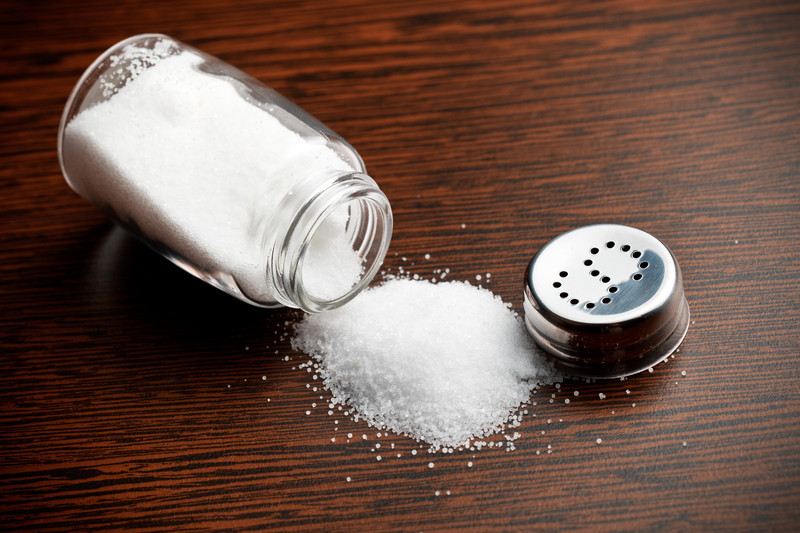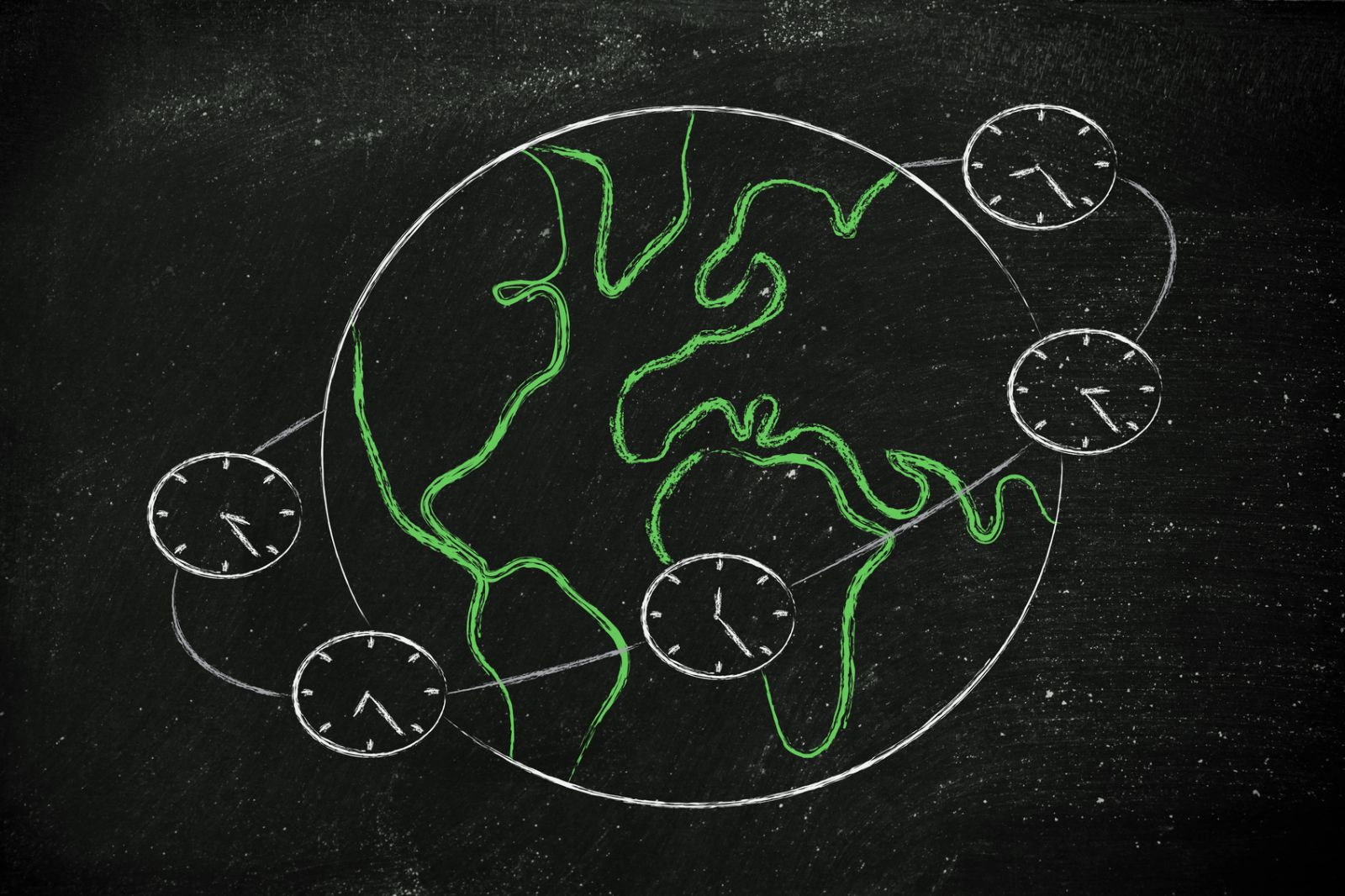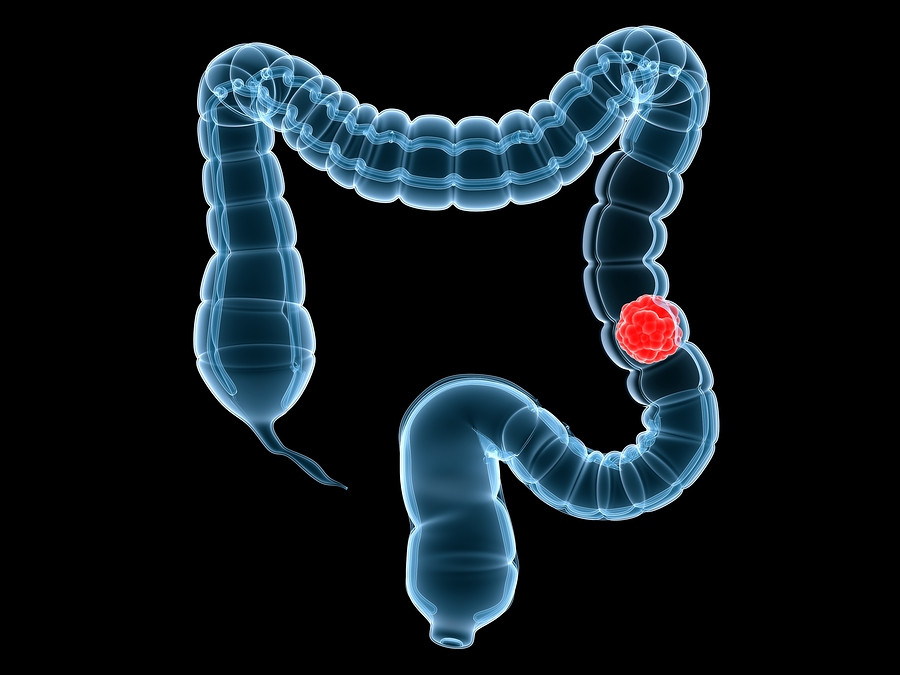
5 timeless habits for better health

What are the symptoms of prostate cancer?

Is your breakfast cereal healthy?

When pain signals an emergency: Symptoms you should never ignore

Does exercise give you energy?

Acupuncture for pain relief: How it works and what to expect

How to avoid jet lag: Tips for staying alert when you travel

Biofeedback therapy: How it works and how it can help relieve pain

Best vitamins and minerals for energy

Should you take probiotics with antibiotics?
Staying Healthy Archive
Articles
6 ways to eat less salt
DASH diet effective but not the only way to reduce sodium
Your body needs a little bit of salt every day for the sodium it contains. But too much sodium can boost blood pressure and stress the heart and blood vessels. The low-sodium Dietary Approaches to Stop Hypertension (DASH) diet is high in fruits, vegetables, and whole grains; moderately high in nuts and low-fat dairy products; and low in red and processed meats. Following it can lower blood pressure and reduce the risk of heart disease and stroke.
The DASH diet is a good way to eat healthy. But there's no need to follow that specific diet to get measurable results. If you want to tackle cutting back on sodium, try these six tips:
Which foods don't belong in a healthy diet?
Keep unhealthy foods to minimum, balanced with nutritious choices
Image: iStock
What exactly is a healthy diet? The basics are pretty simple. Everyone needs a mix of proteins, carbohydrates, and fats, plus enough vitamins and minerals for optimal health. But science is revealing that some of the food choices within these categories are better than others.
Go slow on unhealthy foods
Are there foods you never should eat? Not really. If you crave an ice cream sundae occasionally, have a small one. But don't make it a daily event. Offset the chips you ate at your neighbor's barbeque with healthier snacks at home. Healthy eating doesn't mean eliminating certain foods altogether. However, there are some things that are best eaten only rarely.
Why sitting may be hazardous to your health
Interrupting sedentary time with short bouts of exercise may diminish the dangers of inactivity.
Image: Image_Source_/iStock
Every time we think we have a handle on all the things that are bad for us, another one is added to the list. A few years ago, researchers put inactivity on the roster of major health risks. "Everybody knows smoking is bad for your health. But what isn't common knowledge is that physical inactivity is as powerful a risk factor as smoking," says Dr. I-Min Lee, professor of medicine at Harvard Medical School. Dr. Lee, who has studied the effects of exercise for more than a decade, was one of the first to identify inactivity as a health hazard.
Dr. Lee was among the experts contributing to a special issue on health and exercise of the British journal The Lancet commemorating the 2012 Olympic Games in London. She and her colleagues pored over reports from scores of large observational studies conducted worldwide in which participants answered questions about their lifestyles, including their levels of physical activity, and were then followed over a period of years to see how they fared. When the researchers compared the health outcomes of participants who were inactive—those getting less than 150 minutes a week of moderate exercise—to those who got more exercise, they found that inactivity alone counted for an increased risk of breast and colon cancers as well as heart disease and diabetes. They computed that inactivity was responsible for more than five million deaths a year worldwide, about the same as the number of deaths attributable to smoking.
Can I substitute nuts for animal protein?
Nuts are a good source of plant fats and protein, but they are high in calories. It’s a good idea to limit nut consumption to 1 ounce per day.
Is flossing really necessary?
The benefits of flossing haven’t been verified in randomized clinical trials. However, health authorities still recommend it for preventing disease-causing plaque.
4 things you can do to alleviate caregiver stress
If you are taking care of a loved one, you need to take special care of yourself, too. There are resources to help you.
Image: Bigstock
More than 65 million Americans—two-thirds of whom are women—are taking care of a disabled or ailing family member. If you're among them, you're well aware that caring for a loved one can be one of the most rewarding experiences in life, but it can also be one of the most challenging, especially to your own health.
"We know family caregivers are under a particular amount of stress. And stress over time can cause them to become ill," says Dr. Diane Mahoney, Jacque Mohr Professor of Geriatric Nursing Research at MGH Institute of Health Professions, an academic affiliate of Massachusetts General Hospital. In fact, more than 20% of caregivers report that their health has suffered as a result of their responsibilities.
How to reset your internal clock to combat jet lag
A few simple measures can help minimize the sleep disturbances and malaise that can occur when you cross several time zones.
Image: faithiecannoise/iStock
This month we perform the annual ritual of turning back our clocks as Daylight Savings Time ends. Most of us can handle the one-hour time change easily. However, when we travel long distances across several time zones, few of us can survive the trip without feeling a little out of whack. For holiday travelers flying from coast to coast or overseas, recovering from the symptoms of jet lag—fatigue, insomnia, digestive upsets, and headaches—can consume a day or two of precious vacation time. According to Dr. Charles A. Czeisler, director of the Division of Sleep Medicine at Harvard Medical School, jet lag is due to a misalignment between the external environment and the internal clock in the brain that drives our daily performance, alertness, and the ability to sleep.
What happens during jet lag
Minimizing jet lag
If your destination is only a zone or two away, you may need to make only minor adjustments, like eating meals, going to bed, and awakening a little earlier or later than usual. If you're crossing several time zones, you may want to try the following:
Gradually switch to the new time. For several days before you leave, move mealtimes and bedtime incrementally closer to the schedule of your destination. Even a partial switch may help.
Stay hydrated. During the flight, drink plenty of fluids, but not caffeine or alcohol. Caffeine and alcohol can dehydrate you, which worsens the symptoms of jet lag. They can also disturb your sleep.
Switch your bedtime as rapidly as possible after arrival. Don't turn in until it is bedtime in the new time zone.
Use the sun to help you readjust. If you need to wake up earlier at your destination, get out in the early morning sun. If you want to rise later than you do at home, wait to go out in the sun until late in the afternoon.
A quick fix for jet lag?In 2009, Dr. Clifford Saper and colleagues at Harvard-affiliated Beth Israel Deaconess Medical Center identified a second "master clock" in mice that can regulate circadian rhythms when food is scarce. In essence, the body's circadian rhythms are suspended to conserve energy. It's been theorized that humans may have a similar mechanism and that a brief fast may trigger a quick reset of circadian rhythms. Dr. Saper has suggested a 12-hour to 16-hour fast the day before and during travel. For example, if you were to take a flight from New York City to Honolulu, you would refrain from eating for couple of hours before take-off and during the flight, but would have a good meal as soon as convenient after landing. This technique hasn't been tested in clinical trials, but there are many testimonials in the media to its effective-ness. If you want to try this, it's a good idea to check with your clinician to see if it's advisable for you. And you will still need to drink water—not caffeinated beverages, juice, or alcohol—during your flight. |
The longer you carry extra pounds, the higher your cancer risk, study suggests
Degree and duration of overweight were linked with an increased risk of several cancers among 74,000 participants in the Women’s Health Initiative.
A new look at colon cancer screening
Don't be intimidated about screening tests. The latest guidelines suggest you can choose from multiple strategies.
Image: Bigstock
Colon cancer continues to be the country's second leading cause of cancer-related deaths and the third most common cancer in men, according to the CDC.
It almost always develops from precancerous polyps (abnormal growths). Screening tests, which are recommended for men ages 50 to 75, help find and sometimes aid removal of polyps before they become cancer. (Men older than 75 may still benefit, depending on their health.)

5 timeless habits for better health

What are the symptoms of prostate cancer?

Is your breakfast cereal healthy?

When pain signals an emergency: Symptoms you should never ignore

Does exercise give you energy?

Acupuncture for pain relief: How it works and what to expect

How to avoid jet lag: Tips for staying alert when you travel

Biofeedback therapy: How it works and how it can help relieve pain

Best vitamins and minerals for energy

Should you take probiotics with antibiotics?
Free Healthbeat Signup
Get the latest in health news delivered to your inbox!
Sign Up










